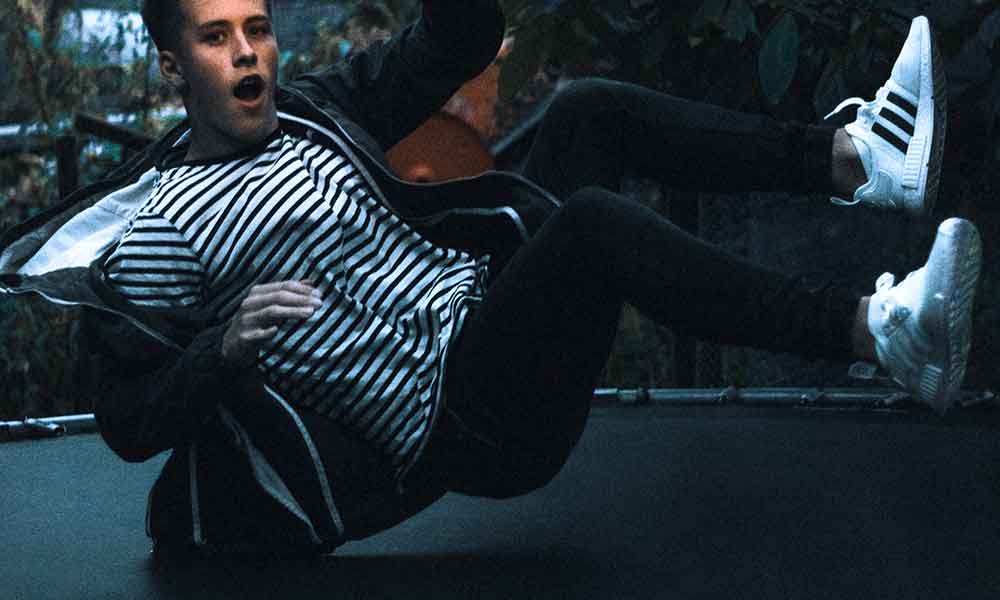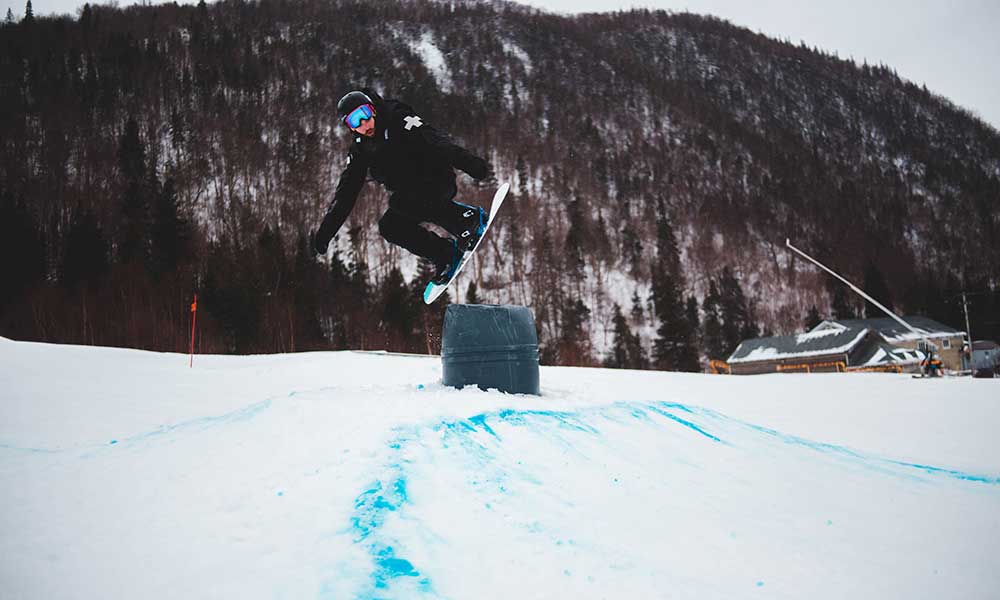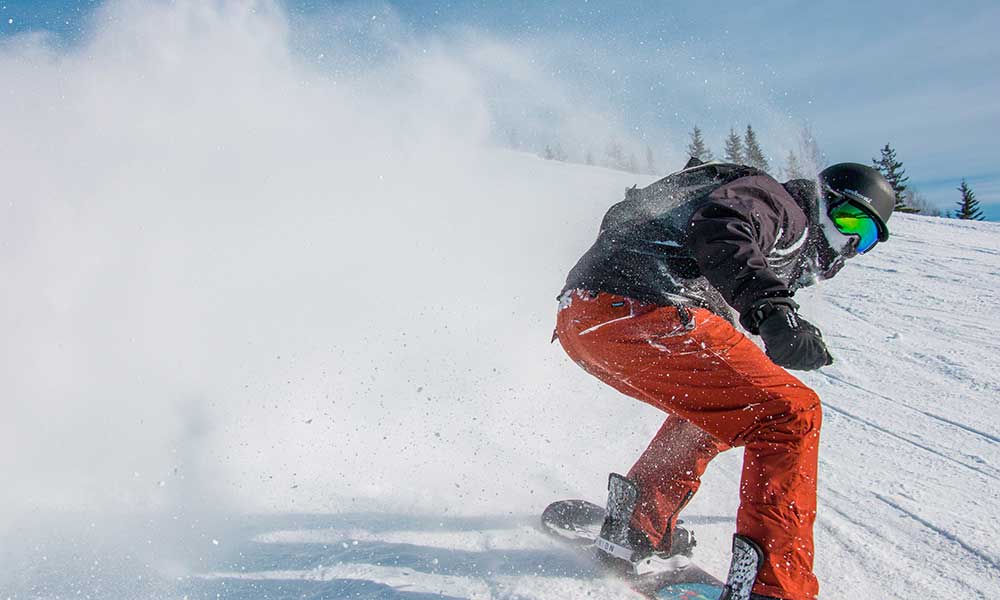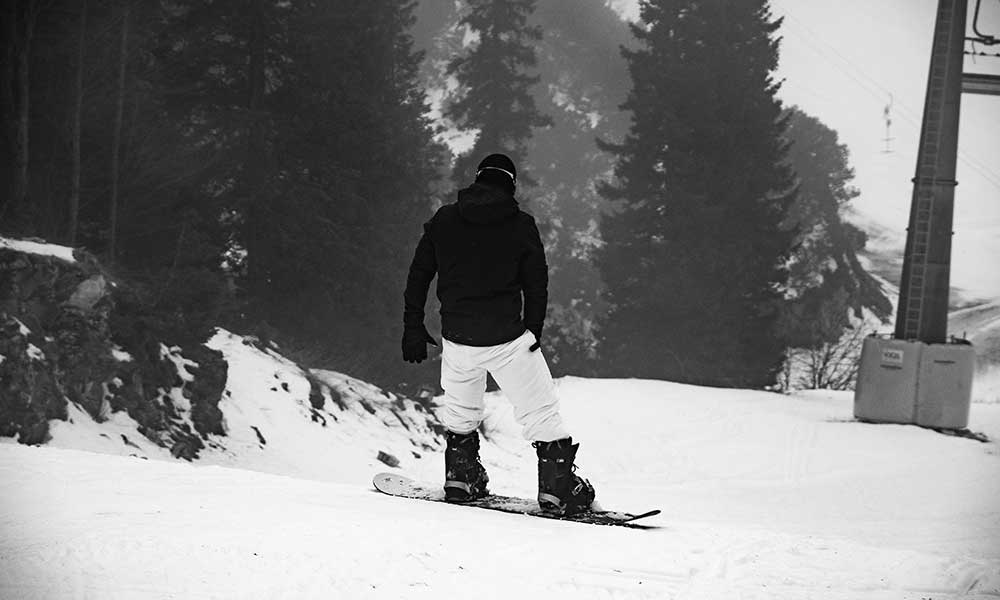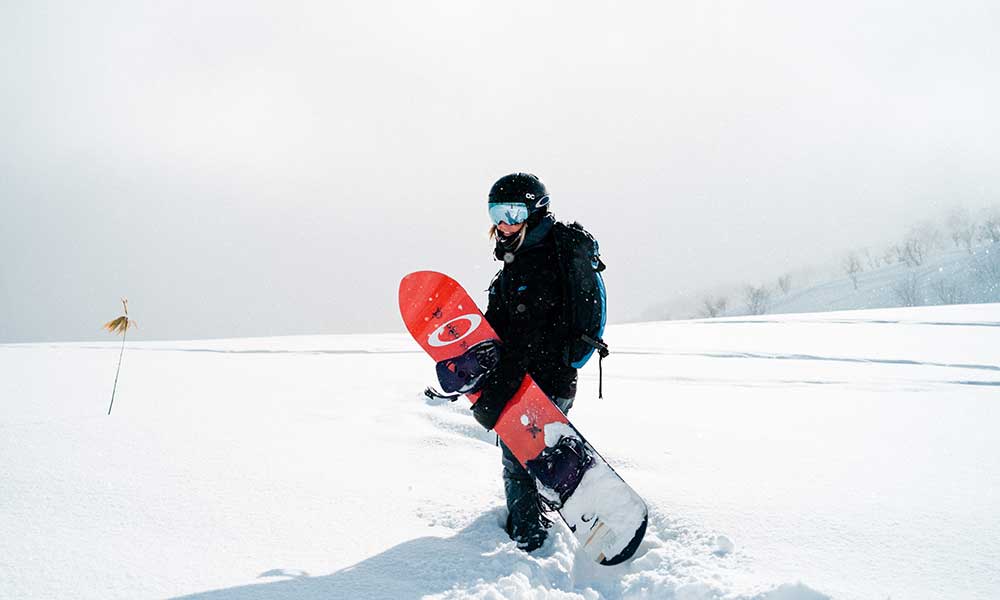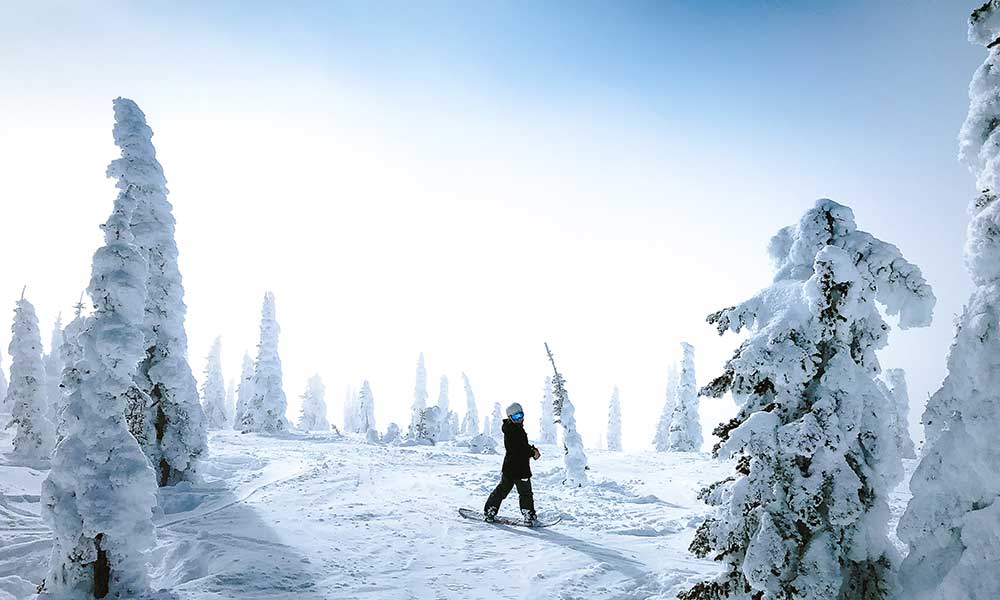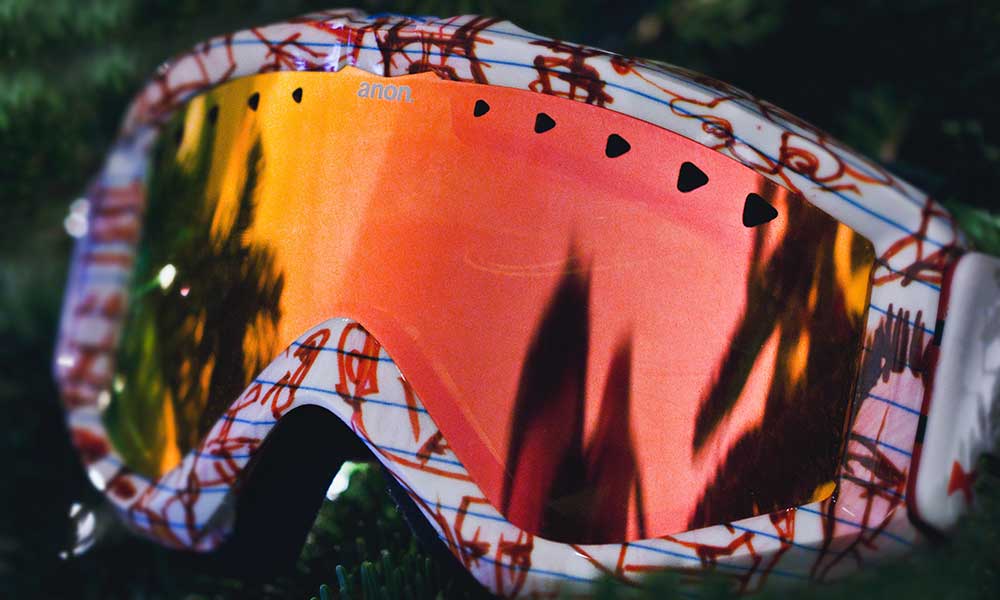In the United States, the sales of backyard trampolines exceed half a million every single year.
They are every child’s favorite toy, and one that countless parents have been nagged into purchasing.
If you are one of those nagged parents, and you’re learning to snowboard, your children may have done you a favor.
Believe it or not, a trampoline is a great tool to teach you some basic snowboarding tricks.
Can You Use a Snowboard on a Trampoline?
Trampolines are a great way to practice certain snowboarding jumps and tricks.
If you are learning a trick that doesn’t involve the use of an obstacle, it can be practiced on a trampoline.
It’s very different from riding on the snow, but it’ll still help you to acclimatize yourself to spinning, flipping, and grabbing in the air.
After all, while there is no snow in sight, you’re still getting lots of air while strapped to your snowboard.
It’s about familiarity.
It will also help you to build your core muscles and legs and make you more comfortable putting those muscles to work.
How Do You Practice Snowboarding on a Trampoline?
Strap on your snowboard and prepare to bounce!
Practicing on a trampoline is easy, but there are a few tips that can make for a more enjoyable and productive experience.
1. Look for a Metal Spring Trampoline
Trampolines cause a lot of injuries.
Many of these injuries are caused by children bumping into each other or toppling over the side of the trampoline.
Some are caused by the springs themselves, which can snap and cause harm.
To prevent such issues, many manufacturers have begun moving away from metal springs, but if you want to practice snowboarding, you will need a metal spring trampoline.
These trampolines are usually available in the classifieds and you can pick one up for around $50.
After all, kids grow up, they stop using the trampolines, and these giant toys turn into cumbersome eyesores.
2. Practice Jumping Straight
The first step is to practice jumping straight.
You need to bounce high and keep your body straight.
This is where your core muscles come in, as they’ll be forced into action as your body tries to stay straight.
Move around.
Bounce.
Land.
Get as high as you can.
And throughout all of that, focus on your body position.
3. Grab
Start playing around with the snowboard.
Grab it between your feet, on the nose, on the tail—everywhere.
The goal is not to practice a single trick, but to get comfortable jumping and grabbing all areas of the snowboard.
4. Start Spinning
Spinning on a snowboard is tricky and while a trampoline will simplify it somewhat, it’ll still take some practice.
Focus on your body position and head position, as well as the windup.
Spinning tricks will have you flying blindly through the air and can be a little intimidating to novice riders.
Practicing these tricks on a trampoline will give you more control and confidence.
5. Rails
Trampoline training can even help you with rails.
Just place a line of tape on the trampoline and use it to represent a rail.
It’s nowhere near as good as the real thing, but it’ll still help you to fine-tune your skills.
How Else Can I Practice Snowboarding at Home?
A real snowboard and a trampoline is a great way to practice your skills, but when that’s not an option, there are training boards you can use without a trampoline.
Training boards include balance boards.
These boards are basically just decks placed over a single roller. You can’t really use them to practice tricks, but they are great for improving your balance.
Balance boards are specifically designed for stability and control, both of which are essential for snowboarding.
You don’t need a trampoline—you don’t even need a real snowboard!

